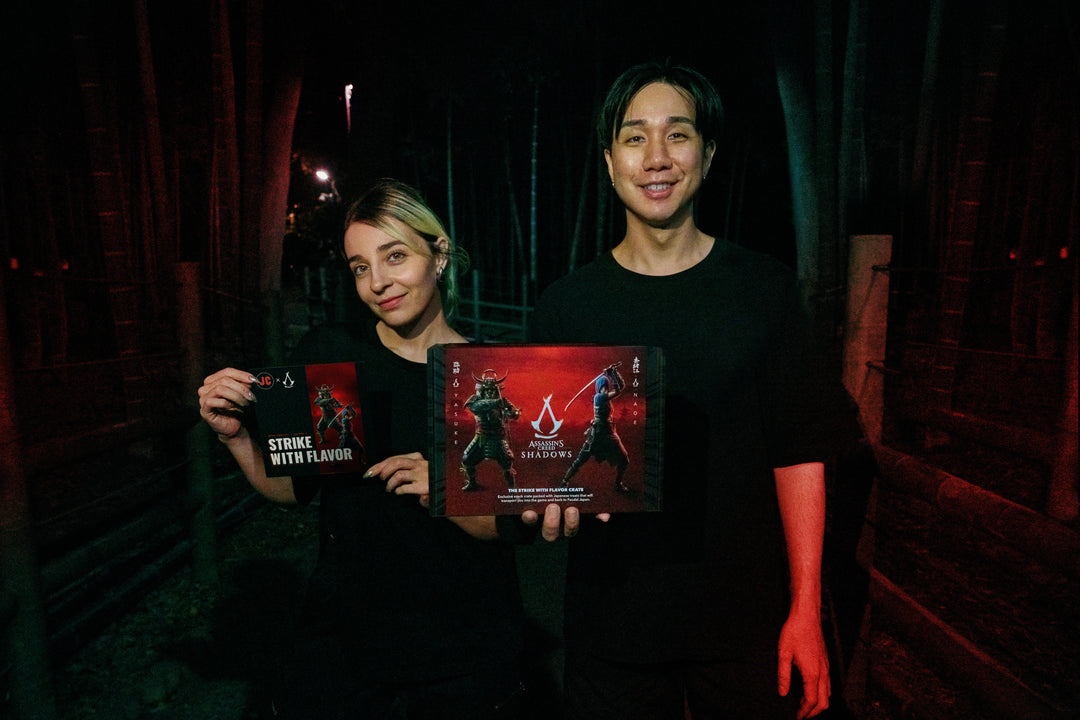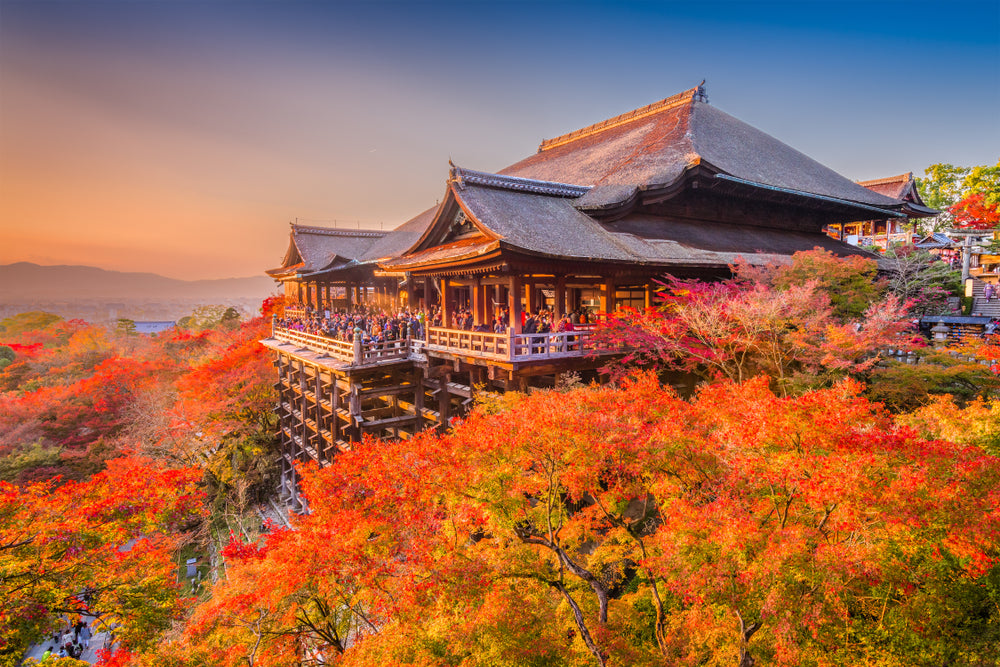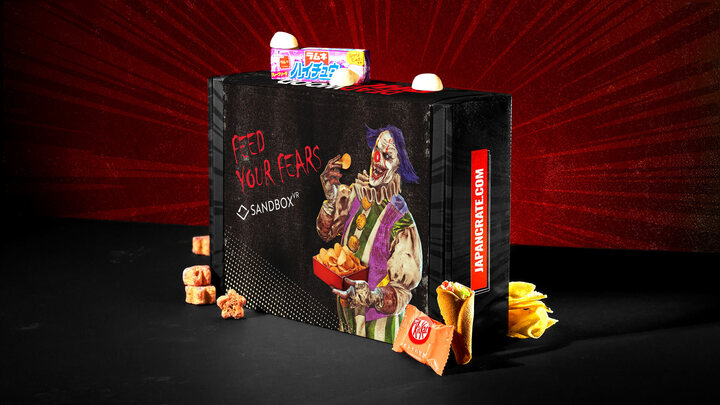A Guide to Ramen Bowl (Ramen Bachi)
A superb bowl is required for delicious ramen, as it is just as crucial to the ultimate ramen experience as the food it holds. Without the right bowls, your ramen won't give you the same sense of fulfillment and happiness. Indeed, a ramen fan ability to thoroughly enjoy a bowl of ramen depends on having a good ramen bowl. The form, weight, and outside curve of the bowl are only a few of the many elements that influence whether a ramen bowl is good or bad. This is something that Japanese ramen cooks are aware of, which is why you can see a wide variety of bowls being used at ramen restaurants. Here's everything you need to know about ramen bowls.
Different Types of Ramen Bowls
As was already said, one aspect that affects how much you like your noodles is your type of bowl. Imagine putting the limited noodle soup and appetizer portions in mixing bowls or salad bowls that is too large or deep, or if you use a shallow bowl, all the noodles and soup will flow all over it, and the toppings will be packed too tightly, while a bowl with sharply angled walls or flat base makes it difficult to enjoy every tasty bits of your ramen. Thus, a bowl's height, form, material, and curve are important considerations when selecting one. For customers' enjoyment, restaurants use various bowls since a good Japanese bowl is crucial. Here are the different types of ramen bowls.
1. Menbachi Bowl

Menbachi, the Japanese word for "noodle bowl," is larger and deeper than other bowls. The large opening provided by the greater depth and width makes this the favored type for ramen bowls. Since of their form, menbachi bowls are ideal for meals that call for more soup than noodles because they avoid splashing and spilling broth.
2. Ohgigatadon Bowl

This bowl would be the epitome of style and beauty. The shape of this kind of bowl is conical, but literally, it means "bowl in the shape of a fan." In contrast to the customary traditional noodle bowls, it has a modern and elegant flair and is recognizable by its exterior's straight and steep sides. The high fan form of this bowl holds a limited number of ramen that may be added to the meal. Even though it has a smaller capacity for soup, this kind of bowl is preferred over broader ones when the main course is noodles since it looks nicer. In fact, the majority of the time, high-end restaurants that value the quality of the noodles over quantity use this sleek and exquisite bowl as opposed to typical bowls because of how easy it is to store because of its straighter edges, which make stacking easier.
3. Tayoudon Bowl

Tayoudon bowl is regarded as a multipurpose bowl. They were developed in response to the growing desire for a bowl that could be used for more than just ramen. These bowls can be used for anything other than traditional ramen because of their shape, including soups and rice dishes. The bowl's design creates a tall and deep empty space vessel with almost vertical edges, making it a versatile bowl.
4. Hira Tayoudon Bowl

This bowl evolved from the Tayoudon design. The Hira Tayoudon is different because it is shorter and flatter. The Hira Tayoudon is designed for a larger quantity of noodles than the Tayoudon, which can be used for many things. This is the most common bowl shape and size used in restaurants because this can emphasize that the bowl contains restaurant-sized portions of food at a reasonable price.
5. Tamadon Bowl

Tamadon bowl literally means“ball-shaped bowl,” this spherical bowl is characterized by a thick and circular mouth. Its distinguishing characteristic is the bowl's thick rim, which guards against chipping off the edge. This dish is frequently used for ramen with a variety of toppings.
6. Koudaidon Bowl

Koudaidon bowl translates to "high-footed bowl." The noodle bowl is stylish and has an elevated bottom. The elevated bottom keeps users from getting burned while holding the bowl, making it user-friendly. The bowl's lip has a little backward bend that makes it easy for the diner to see the soup, noodles, and toppings. Most frequently, this type of bowl is used at low-cost eateries that prioritize consumer convenience.
7. Marukoudaidon Bowl

The Marukoudaidon Bowl comes in a "rounded" form. This bowl has an extra rim on the mouth, which is similar to the qualities of the koudaidon bowl that were previously stated. The extra lip on this bowl, which is most frequently used for ramen noodles or fried rice, makes it simple to transport and serve while preventing finger burn.
Different Materials Used for Ramen Bowls
1. Ceramic Ramen Bowls

Ceramics are the most popular material used for ramen bowls. Thanks to the wide selection of ceramic ramen bowl designs, you will never run out of possibilities. Each bowl is different because they are handmade. Since ceramic bowls cannot be mass-produced, each one is unique. Ceramic bowls are frequently microwave- and dishwasher-safe, but if you want to preserve them for a long time, hand-washing is preferred. They must be handled carefully because they often chip off and break. However, it lasts a very long time if you take excellent care of it.
2. Melamine Bowls

One of the most popular materials used for bowls is made of melamine. Melamine bowls are more manageable and resemble ceramic bowls in appearance. Melamine bowls are easy to handle because the heat is not transferred to the bowl's exterior. Melamine bowls are constructed from a food-grade, BPA-free resin and are less expensive than other bowls. They are a practical choice for serving ramen in business settings because they are incredibly lightweight and less likely to shatter.
3. Wooden Bowls

Wooden bowls are beautiful, upscale, and more expensive than most bowls. Since they have little thermal conductivity, they are typically found at upscale restaurants where the food is kept warm for longer. They are often handmade, giving each wooden bowl a distinct appearance.
4. Stainless Steel Ramen Bowls

Stainless steel bowls are the least preferred to serve noodle soup because of the material's propensity to transfer heat to the bowl's exterior. However, double-walled stainless steel bowls are offered to solve this issue because the heat is trapped within the bowl, and the outer layer takes longer to become hot, making handling them easier. These bowls perform similarly to melamine by maintaining the bowl's hot contents while shielding your fingers while you hold. Even though stainless steel is dishwasher safe, rust-resistant, hard to break, and easy to clean, it can dent when dropped, ruining the bowl.
It's Japan Crate Time!
The best ramen bowls are gorgeous and elegant in addition to being quite functional and well-suited to ramen recipes. There are many ramen bowls available, from the classic style to licensed anime refined bowls such as Hero Academia, Studio Ghibli, Demon Slayer, and Disney. You'll never be tired of looking for the best ramen bowls, with the large amount of options. These ramen bowls will improve your ramen experience with the ideal proportions of ramen bowls' design, the right size, materials, and shape. Treat yourself to the best ramen bowl set with spoons and chopsticks with the best authentic Japanese noodle at Sugoi Mart’s noodle collection.
If you want to add fun snacks alongside your noodles, try a Japan Crate monthly subscription. Japan Crate will ship a crate with the best sweet and savory snacks in Japan directly to your door. Just click the above link to sign up right now. Japan Crate will bring you the exquisite taste of Japan to you in no time!
Author Bio







Leave a comment